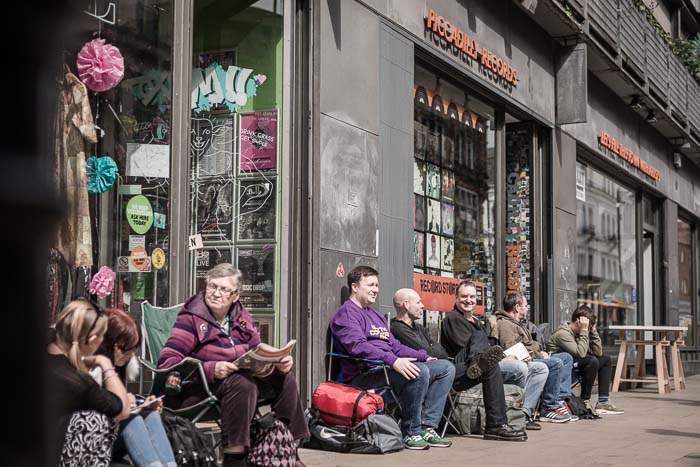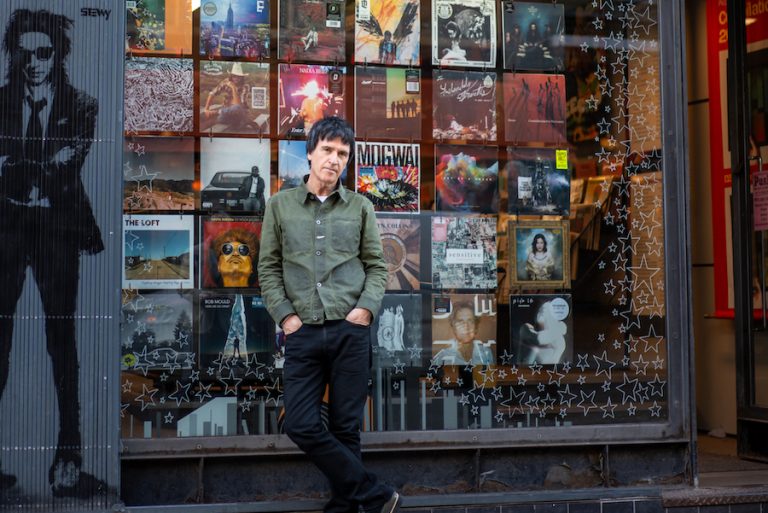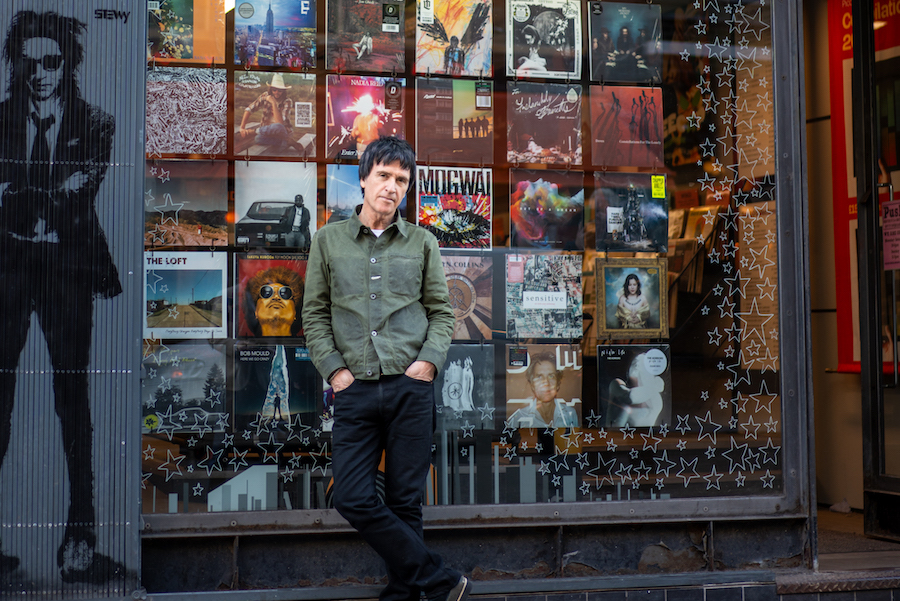140 mature trees ready for planting at Manchester’s new Mayfield Park
- Written by Louise Rhind-Tutt
- Last updated 4 years ago
- City of Manchester

A collection of 140 mature trees of 43 different species have arrived in the UK ahead of being moved to their forever home at Manchester’s new Mayfield Park, the city centre’s first new park in 100 years.
The diverse species, including eye-catching, 12-metre tall Austrian Black Pines, will help to create a stunning, biodiverse natural landscape in an area of the city where few trees have ever been grown before.
As the epicentre of the textiles industry during the industrial revolution, the high levels of pollution from coal-burning cotton mills and workers’ homes at Mayfield meant the area was inhospitable to trees.
Now, in a major step forward for green space in Manchester, Mayfield will be home to both UK native and non-native trees procured by the Mayfield Partnership from across Europe.
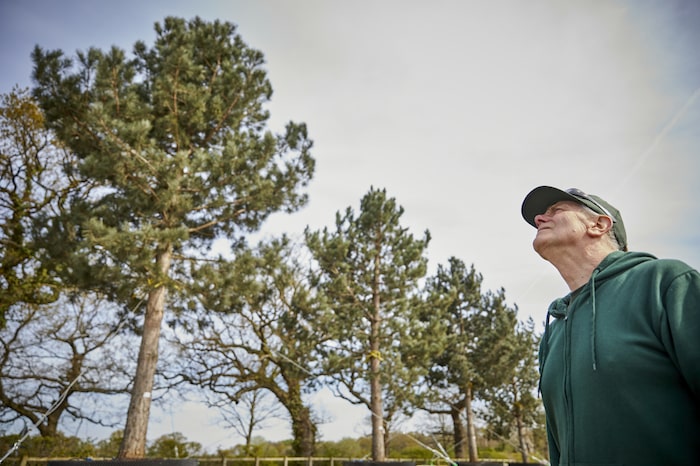
The trees are currently being nurtured by local experts at Specimen Trees in Knutsford, Cheshire before being relocated to Mayfield in late autumn as part of a massive planting operation that will also introduce around 120,000 plants and bulbs of 250 different species to the Park.
When it opens to the public in autumn 2022, the Mayfield Park will feature open lawns, riverside walkways, three new bridges over the River Medlock, play areas and a variety of seating options, ensuring all members of the community have spaces they can visit.
“The arrival of the trees in the UK is such an exciting milestone for the creation of Mayfield Park,” said Arlene van Bosch, Mayfield Development Director at developer U+I.
“After many months of excavations, ground works and efforts to bring Mayfield’s hidden river back into view, we can’t wait to introduce these mature trees to their new home, alongside the thousands of wildflowers and plants that will bring the park to life as a vibrant, stimulating, sustainable and safe space for people to enjoy.”
“We are thrilled to have been able to procure such an interesting and diverse collection of species to populate an area where few trees have ever grown before, turning what was once a hotbed of pollution into a ‘green lung’ for the city.”

Mayfield Park will be home to a variety of sizes of tree, ranging from three metres to upwards of 12 metres.
Among the diverse collection of trees being brought to Manchester are the Quercus Rubra, or the Northern Red Oak, Slyphnolobium Japonicum, or Japanese pagoda tree and the Metasequoia Glyptostroboides, or the dawn redwood, which currently has endangered status.
Trees such as the Carpinus Betulus, or European Hornbeam, which are renowned for their climbing form, will be planted tactfully throughout the development to encourage people to engage with nature along the newly-uncovered River Medlock, which meanders through the heart of Mayfield.
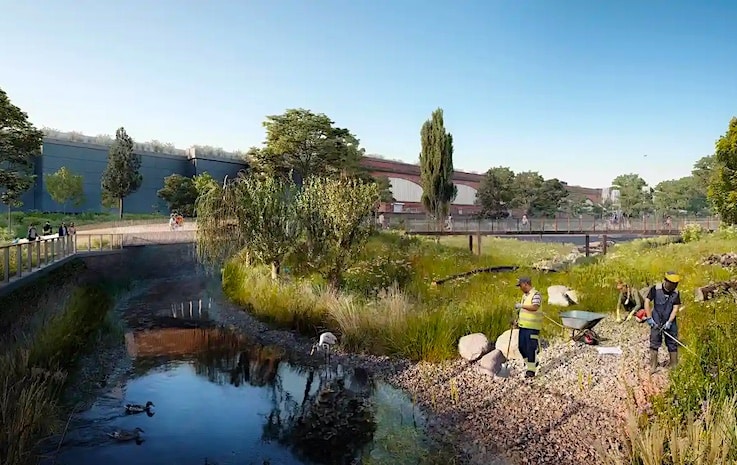
Overall, the Mayfield regeneration scheme – one of the largest in the UK at 24-acres – is set to transform a gateway brownfield site next to the city’s mainline Piccadilly Station, into a stunning mixed used neighbourhood, delivering 1,500 homes, 1.6m sq ft of market-leading commercial space and 300,000 sq ft of retail and leisure facilities.
“Mayfield Park will be a fantastic green addition to the city centre and help contribute to our policy of planting thousands of new trees across the city,” said Tracey Rawlins from Manchester City Council.
“As well as looking great, they help improve air quality, reduce flood risk and counter the effects of climate change by absorbing and storing carbon.
“Trees have an important role to play which is why we have launched the £1m Tree Action MCR planting programme.”
- This article was last updated 4 years ago.
- It was first published on 13 September 2021 and is subject to be updated from time to time. Please refresh or return to see the latest version.
Did we miss something? Let us know: press@ilovemanchester.com
Want to be the first to receive all the latest news stories, what’s on and events from the heart of Manchester? Sign up here.
Manchester is a successful city, but many people suffer. I Love Manchester helps raise awareness and funds to help improve the lives and prospects of people across Greater Manchester – and we can’t do it without your help. So please support us with what you can so we can continue to spread the love. Thank you in advance!
An email you’ll love. Subscribe to our newsletter to get the latest news stories delivered direct to your inbox.
Got a story worth sharing?
What’s the story? We are all ears when it comes to positive news and inspiring stories. You can send story ideas to press@ilovemanchester.com
While we can’t guarantee to publish everything, we will always consider any enquiry or idea that promotes:
- Independent new openings
- Human interest
- Not-for-profit organisations
- Community Interest Companies (CiCs) and projects
- Charities and charitable initiatives
- Affordability and offers saving people over 20%
For anything else, don’t hesitate to get in touch with us about advertorials (from £350+VAT) and advertising opportunities: advertise@ilovemanchester.com

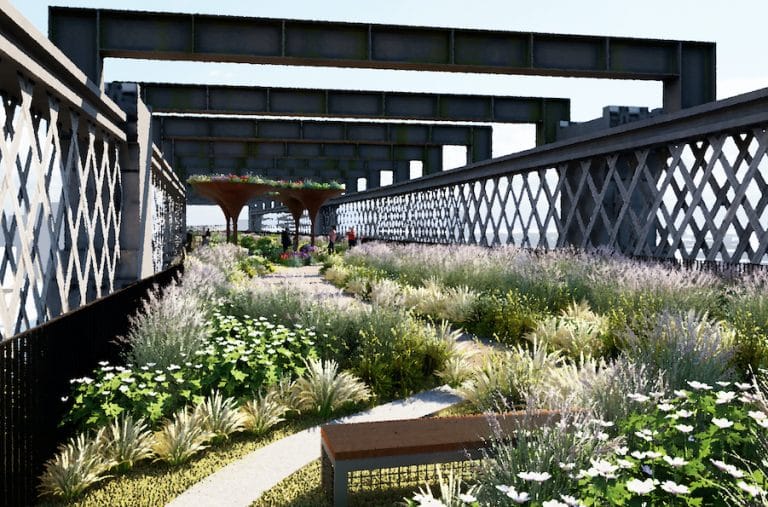

Review: Kim’s Convenience at HOME is ‘a moving portrait of immigrant sacrifice and success’
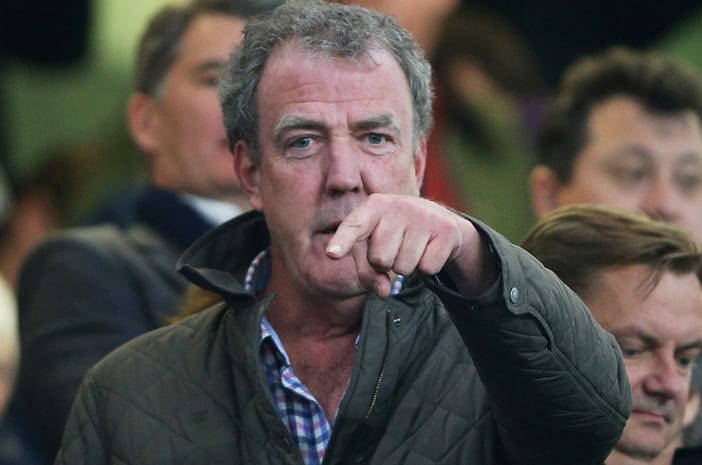
“Manchester is not Britain’s second city, it’s the first” – Jeremy Clarkson
